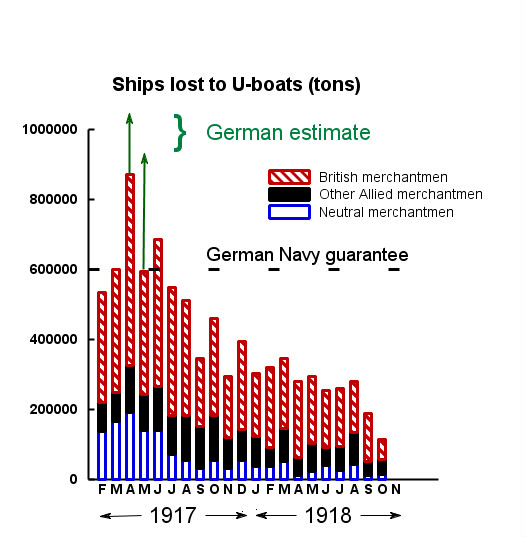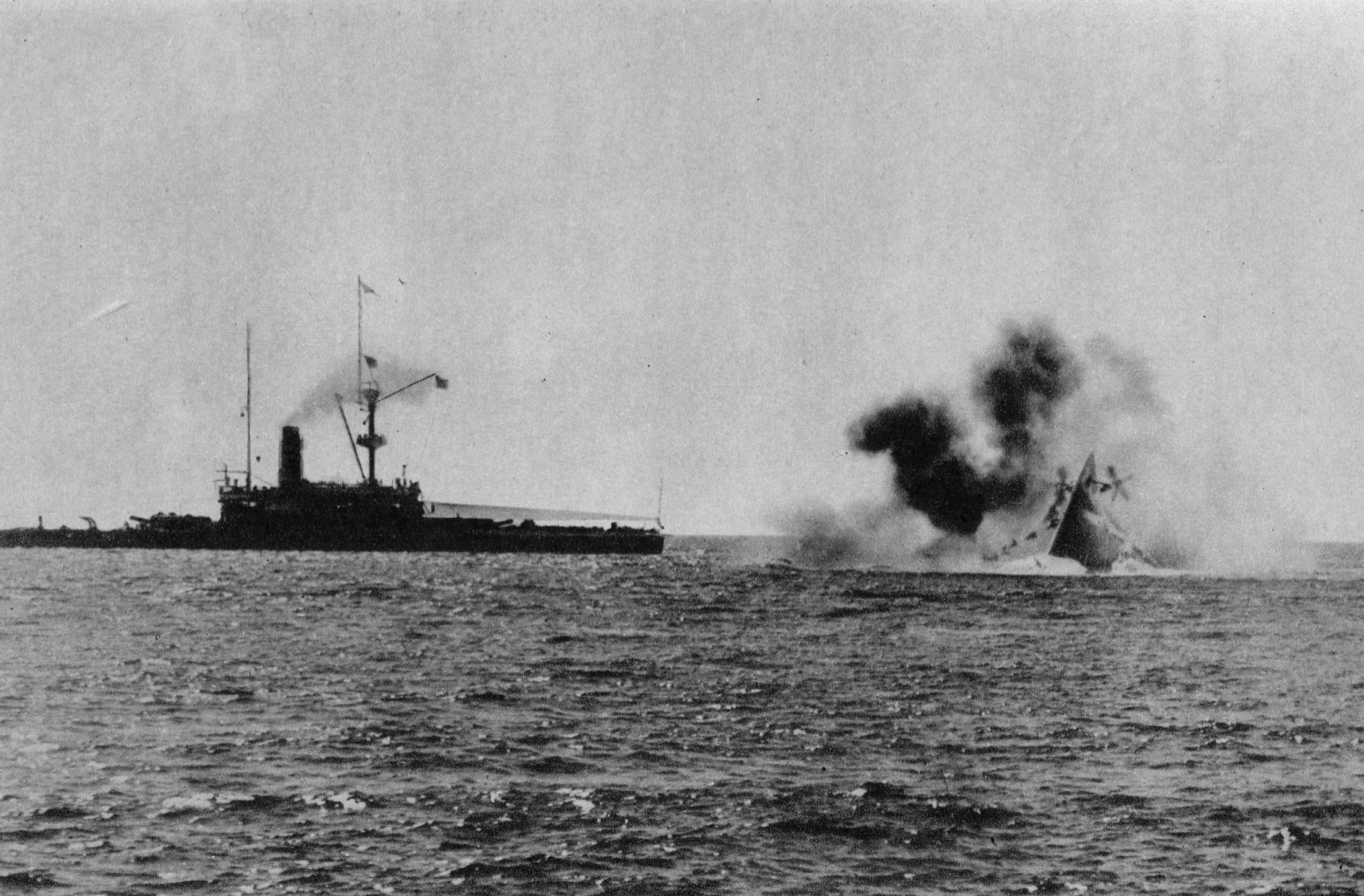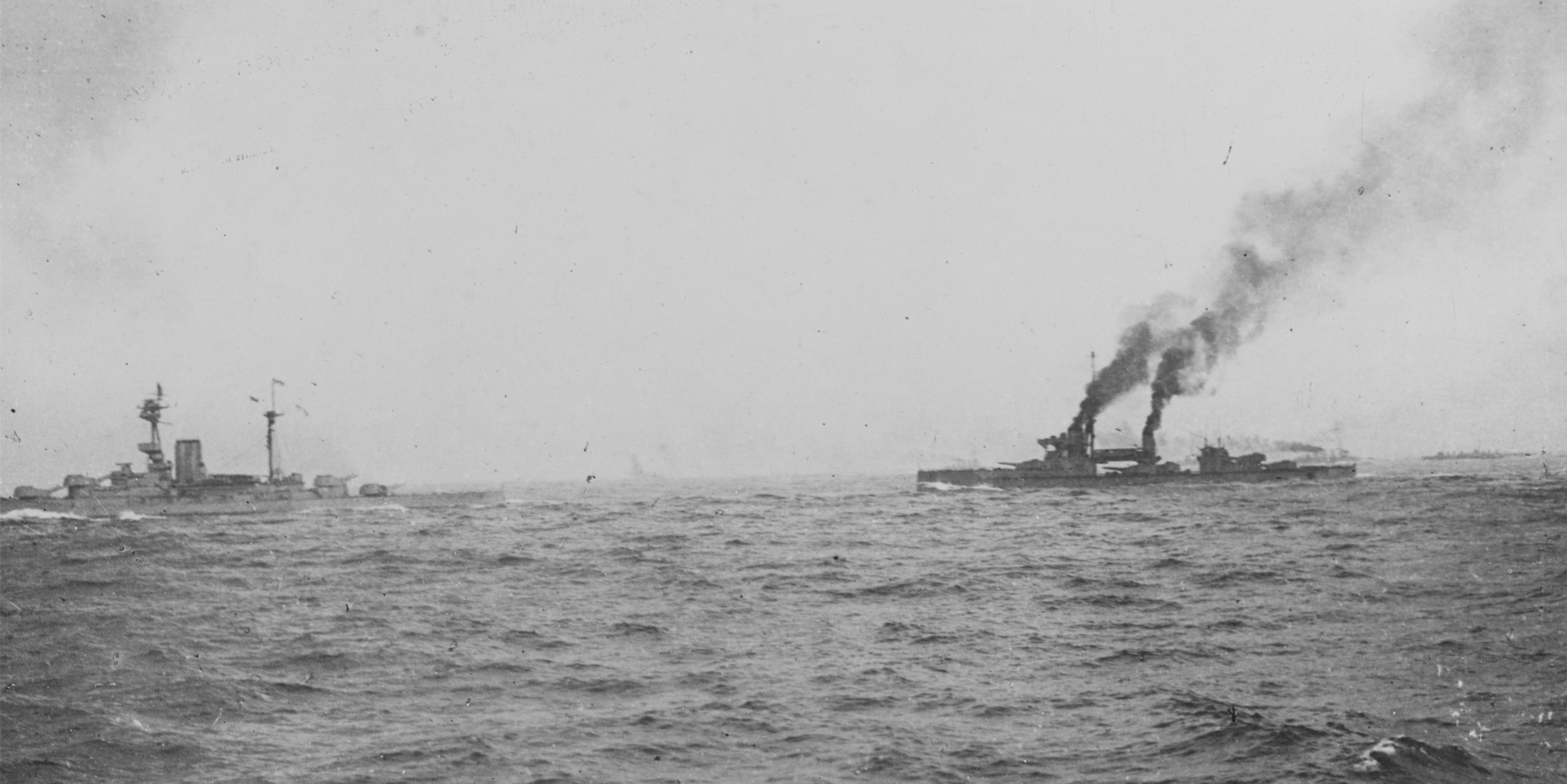|
Alexander Duff (Royal Navy Officer)
Sir Alexander Ludovic Duff (20 February 1862 – 22 November 1933) was a Royal Navy officer who served as China Station, Commander-in-Chief, China Station. Naval career Duff joined the Royal Navy as a Midshipman in 1875. He was promoted Commander in 1897, and served in command of the destroyer HMS Bat in home waters from January 1898 to January 1900. In March that year, he was posted to HMS Excellent (shore establishment), HMS ''Excellent'' for senior officers' gunnery course at the gunnery school based there. He was promoted to Captain (Royal Navy), captain on 31 December 1902, and to Rear admiral (Royal Navy), rear-admiral in 1913. In 1905 he was appointed Naval Assistant to the Controller of the Navy. In 1909, he was given command of ''HMS Temeraire''. He was Director of the Mobilisation Division at the British Admiralty, Admiralty from 1912 through the start of the war. He served in World War I as Rear-Admiral (Second-in-Command) of the 4th Battle Squadron (United King ... [...More Info...] [...Related Items...] OR: [Wikipedia] [Google] [Baidu] |
Admiral (Royal Navy)
Admiral is a senior rank of the Royal Navy, which equates to the NATO rank code Ranks and insignia of NATO, OF-9, outranked only by the rank of Admiral of the Fleet (Royal Navy), admiral of the fleet. Royal Navy officers holding the ranks of Rear Admiral (Royal Navy), rear admiral, Vice Admiral (Royal Navy), vice admiral and admiral of the fleet are sometimes considered generically to be admirals. The rank of admiral is currently the highest rank to which a serving officer in the Royal Navy can be promoted, admiral of the fleet being in abeyance except for honorary promotions of retired officers and members of the royal family. The equivalent rank in the British Army and Royal Marines is General (United Kingdom), general; and in the Royal Air Force, it is air chief marshal. History The first admirals The title admiral was not used in Europe until the mid-13th century and did not reach England before the end of that century. Similarly, although some royal vessels are attested un ... [...More Info...] [...Related Items...] OR: [Wikipedia] [Google] [Baidu] |
HMS Excellent (shore Establishment)
HMS ''Excellent'' is a Royal Navy "stone frigate" (shore establishment) sited on Whale Island, Hampshire, Whale Island near Portsmouth in Hampshire. HMS ''Excellent'' is itself part of the Maritime Warfare School, with a headquarters at HMS Collingwood (shore establishment), HMS ''Collingwood'', although a number of lodger units are resident within the site including the offices of the First Sea Lord. History RN Gunnery School afloat In the 1829 a Commander George Smith advocated the establishment of a Naval School of Gunnery; accordingly, the following year, the third-rate HMS Excellent (1787), HMS ''Excellent'' was converted into a training ship and moored just north of Portsmouth Dockyard, opposite Fareham Creek. Smith was given oversight and set up ''Excellent'' not only as a training establishment but also as a platform for experimental firing of new weapons (the creek was used as a firing range). In 1832 Smith was replaced in command by Thomas Hastings (Royal Navy officer ... [...More Info...] [...Related Items...] OR: [Wikipedia] [Google] [Baidu] |
Frederick Charles Tudor Tudor
Admiral Sir Frederick Charles Tudor Tudor, (born Jones; 29 March 1863 – 14 April 1946) was a British Royal Navy officer who went on to be Third Sea Lord. Early life and career Tudor was born in Stoke Damerel, Devon, the son of Harrington Rogers Jones, of Harwich, and Henrietta Augusta Tudor, of Cork, Ireland. He came first in order of merit out of 42 candidates who passed the examination for naval cadetships in 1875. Jones was promoted to the rank of lieutenant with seniority of 29 March 1884. On 26 December 1890, he adopted his mother's maiden name and changed his surname to Tudor. His brother Henry Morton Tudor Tudor was also a Royal Navy admiral. Tudor was promoted to the rank of commander on 31 December 1896. He was appointed an Assistant to the Director of Naval Ordnance from the same date. He was appointed to on 10 May 1898. Tudor was appointed in command of in early 1902, and was in command of this ship when she took part in the fleet review held at Spithead on 16 ... [...More Info...] [...Related Items...] OR: [Wikipedia] [Google] [Baidu] |
Convoys In World War I
The convoy—a group of merchantmen or troopships traveling together with a naval escort—was revived during World War I (1914–18), after having been discarded at the start of the Age of Steam. Although convoys were used by the Royal Navy in 1914 to escort troopships from the Dominions, and in 1915 by both it and the French Navy to cover their own troop movements for overseas service, they were not systematically employed by any belligerent navy until 1916. The Royal Navy was the major user and developer of the modern convoy system, and regular transoceanic convoying began in June 1917 with the assistance of the US and other Allied navies. They made heavy use of aircraft for escorts, especially in coastal waters, an obvious departure from the convoy practices of the Age of Sail. As historian Paul E. Fontenoy put it, " e convoy system defeated the German submarine campaign."Paul E. Fontenoy, "Convoy System", ''The Encyclopedia of World War I: A Political, Social and Mili ... [...More Info...] [...Related Items...] OR: [Wikipedia] [Google] [Baidu] |
John Jellicoe, 1st Earl Jellicoe
Admiral of the Fleet John Rushworth Jellicoe, 1st Earl Jellicoe, (5 December 1859 – 20 November 1935) was a Royal Navy officer. He fought in the Anglo-Egyptian War and the Boxer Rebellion and commanded the Grand Fleet at the Battle of Jutland in May 1916 during the First World War. His handling of the fleet at that battle was controversial. Jellicoe made no serious mistakes and the German High Seas Fleet retreated to port, at a time when defeat would have been catastrophic for Britain, but the public was disappointed that the Royal Navy had not won a more dramatic victory given that they outnumbered the enemy. Jellicoe later served as First Sea Lord, overseeing the expansion of the Naval Staff at the Admiralty and the introduction of convoys, but was relieved at the end of 1917. He also served as the governor-general of New Zealand in the early 1920s. Early life Jellicoe was born on 5 December 1859 in Southampton, Hampshire. Jellicoe was the son of John Henry Jellicoe, a capta ... [...More Info...] [...Related Items...] OR: [Wikipedia] [Google] [Baidu] |
First Sea Lord
First Sea Lord, officially known as First Sea Lord and Chief of the Naval Staff (1SL/CNS), is the title of a statutory position in the British Armed Forces, held by an Admiral (Royal Navy), admiral or a General (United Kingdom), general of the Royal Marines. As the highest-ranking officer to serve in the Royal Navy, the chief is the principal military advisor on matters pertaining to the navy and a deputy to the Secretary of State for Defence. In a separate capacity, the CNS is a member of the Chiefs of Staff Committee and, thereby, a military advisor to the National Security Council (United Kingdom), National Security Council, the Prime minister of the United Kingdom, prime minister and the monarchy of the United Kingdom, monarch. The First Sea Lord is typically the highest-ranking officer on active duty of the Royal Navy unless the Chief of the Defence Staff (United Kingdom), Chief of the Defence Staff is a naval officer. The post is currently held by General Gwyn Jenkins, Sir ... [...More Info...] [...Related Items...] OR: [Wikipedia] [Google] [Baidu] |
Anti-Submarine Division (Royal Navy)
The Anti-Submarine Division its original name, was the former anti-submarine warfare, planning and prevention directorate of the Admiralty Department from 1912 to 1963. History The division evolved out the earlier Anti-Submarine Committee set up in 1910, that coordinated the Admiralty's earliest anti-submarine warfare proposals sent for consideration by the Board of Admiralty. Further systematic assessments and experimentation would take place from 1911 until 1915 when the Board of Invention and Research was established. Efforts were made throughout the First World War to search for a system of countering submarine attacks. Offensive and defensive measures were assessed and sometimes implemented, with different degrees of achievement. However the losses caused by the U-boats in their campaign of unrestricted warfare did have a demoralising effect on national morale leaving the government with no other choice but to be prepared to consider almost every proposal to find, monito ... [...More Info...] [...Related Items...] OR: [Wikipedia] [Google] [Baidu] |
1st Battle Squadron (United Kingdom)
The 1st Battle Squadron was a naval squadron of the British Royal Navy consisting of battleships. The 1st Battle Squadron was initially part of the Royal Navy's Grand Fleet. After World War I the Grand Fleet was reverted to its original name, the Atlantic Fleet. The squadron changed composition often as ships were damaged, retired or transferred. History First World War As an element in the Grand Fleet, the Squadron participated in the Battle of Jutland. August 1914 On 5 August 1914, the squadron was constituted as follows: * HMS ''Marlborough'' * HMS ''Collingwood'' * HMS ''Colossus'' * HMS ''Hercules'' * HMS ''Neptune'' * HMS ''St. Vincent'' * HMS ''Superb'' * HMS ''Vanguard'' Battle of Jutland, June 1916 During the Battle of Jutland, the composition of the 1st Battle Squadron was as follows:Macintyre, Donald. ''Jutland'' Evans Brothers Ltd. 1957; * Sixth Division * HMS ''Marlborough'' Flagship of Vice-Admiral Sir Cecil Burney; Captain G. P. Ross; * HMS ''Re ... [...More Info...] [...Related Items...] OR: [Wikipedia] [Google] [Baidu] |
HMS Superb
Eleven ships of the Royal Navy have borne the name HMS ''Superb'', or HMS ''Superbe'': * was a 64-gun third rate, previously the . She was captured by in 1710 and was broken up in 1732 * was 60-gun fourth rate launched in 1736 and broken up in 1757 * was a 74-gun third rate launched in 1760 and wrecked in 1783 * was a 22-gun sixth rate. She was previously a French ship, captured in 1795 by and used as a prison ship from 1796. She was sold in 1798. * was a 74-gun third rate, launched in 1798 and broken up in 1826 * was an 80-gun second rate, launched in 1842 and broken up in 1869 * HMS ''Superb'' was to have been a broadside ironclad battleship, but she was renamed in 1874 before being launched in 1875. She was sold in 1908. * was a battleship launched in 1875. She was built for the Turkish Navy, and was to have been named ''Hamidiyeh''. She was purchased by Britain in 1873 and was sold in 1906. * was launched in 1907, involved in the Occupation of Constantinople and ... [...More Info...] [...Related Items...] OR: [Wikipedia] [Google] [Baidu] |
Battle Of Jutland
The Battle of Jutland () was a naval battle between Britain's Royal Navy Grand Fleet, under Admiral John Jellicoe, 1st Earl Jellicoe, Sir John Jellicoe, and the Imperial German Navy's High Seas Fleet, under Vice-Admiral Reinhard Scheer, during the First World War. The battle unfolded in extensive manoeuvring and three main engagements from 31 May to 1 June 1916, off the North Sea coast of Denmark's Jutland Peninsula. It was the largest naval battle and only full-scale clash of battleships of the war, and the outcome ensured that the Royal Navy denied the German surface fleet access to the North Sea and the Atlantic for the remainder of the war. Germany avoided all fleet-to-fleet contact thereafter. Jutland was also the last major naval battle, in any war, fought primarily by battleships. Germany's High Seas Fleet intended to lure out, trap, and destroy a portion of the British Grand Fleet. The German naval force was insufficient to openly engage the British fleet. This was par ... [...More Info...] [...Related Items...] OR: [Wikipedia] [Google] [Baidu] |
4th Battle Squadron (United Kingdom)
The 4th Battle Squadron was a squadron (naval), squadron of the British Royal Navy consisting of battleships. The 4th Battle Squadron was initially part of the Royal Navy's Home Fleet (1912–14) and then the Grand Fleet after the outbreak of the First World War. The squadron changed composition often as ships were damaged, retired or transferred. August 1914 On 5 August 1914, the squadron was constituted as follows:#Dittmar, Dittmar & Colledge * * * * January 1915 By January 1915, the composition had changed slightly: * HMS ''Agincourt'' * HMS ''Bellerophon'' * HMS ''Dreadnought'' * HMS ''Temeraire'' * * * Battle of Jutland, June 1916 As an element in the Grand Fleet, the squadron participated in the Battle of Jutland. During the battle, the composition of the 4th Battle Squadron was as follows: *Third Division * , fleet flagship of Admiral John Jellicoe, 1st Earl Jellicoe, Sir John Jellicoe; Captain Sir Frederic Charles Dreyer, Frederic Dreyer; * , Captain (nav ... [...More Info...] [...Related Items...] OR: [Wikipedia] [Google] [Baidu] |
British Admiralty
The Admiralty was a Departments of the Government of the United Kingdom, department of the Government of the United Kingdom that was responsible for the command of the Royal Navy. Historically, its titular head was the Lord High Admiral of the United Kingdom, Lord High Admiral – one of the Great Officers of State. For much of its history, from the early Admiralty in the 18th century, 18th century until its abolition, the role of the Lord High Admiral was almost invariably put "in commission" and exercised by the Lords Commissioner of the Admiralty, who sat on the governing Board of Admiralty, rather than by a single person. The Admiralty was replaced by the Admiralty Board (United Kingdom), Admiralty Board in 1964, as part of the reforms that created the Ministry of Defence (United Kingdom), Ministry of Defence and its Navy Department (Ministry of Defence), Navy Department (later Navy Command (Ministry of Defence), Navy Command). Before the Acts of Union 1707, the Office of t ... [...More Info...] [...Related Items...] OR: [Wikipedia] [Google] [Baidu] |






